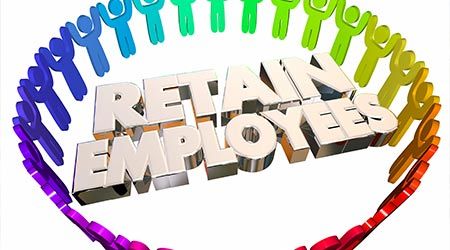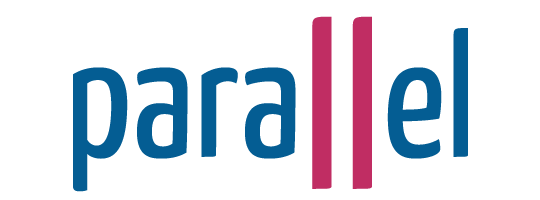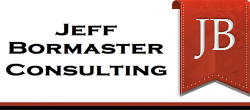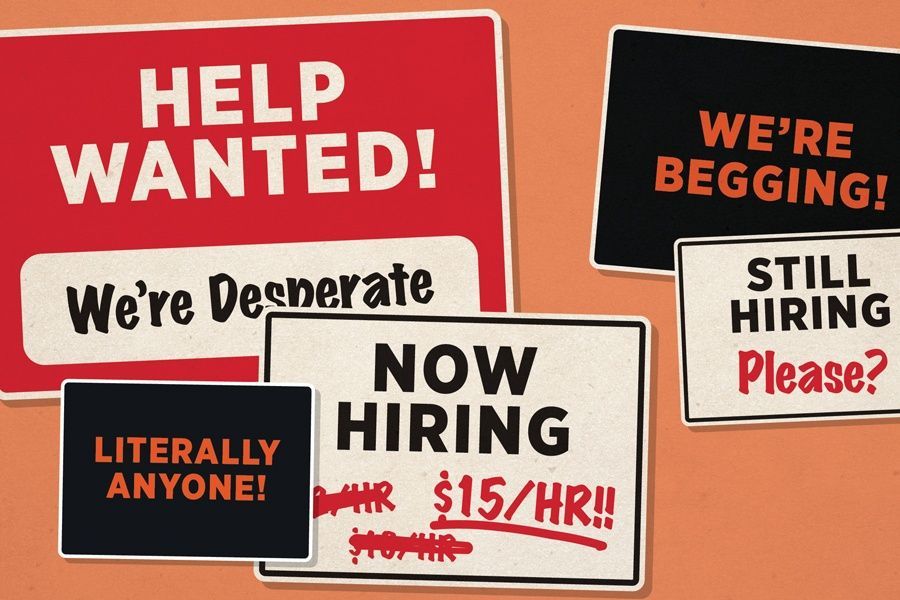Improving Staff Retention Is The Responsibility of the Senior Leadership Not HR

The nonprofit sector has never been able to compete with the for-profit sector on salaries and benefits. That means we need something else to attract and retain staff.
We know from decades of research there are several key requirements to maximize staff retention.
- A powerful compelling mission that the agency ties all communications and actions to
A powerful mission is not just something you put on your strategic plan. It is the link in all communications, written and verbal, that ties all actions, decisions, and requests to it.
Ask yourself – In every communication to staff do I, as an organizational leader, tie that communication to helping us better fulfill our mission?
If you are not connecting all communications to mission, then you are missing a key connector between staff and the agency.
For example, putting the mission on page 1 or 2 in the employee handbook is NOT connecting staff to mission. Just like have a strategic plan with a mission does NOT connect staff to mission.
Connecting staff to mission is an ongoing action process of linking them together so staff can see that actions and decisions are being made to further mission.
That is a writing skill.
- Providing staff with success-focused supervision rather than traditional progressive aka punitive focused supervision.
In many agencies the focus of supervision is on finding fault at the lowest level and punishing. Punishing can be as basic as a supervisor expressing disapproval or making comments like “you didn’t do that” or “What’s wrong with you?” to threats of being written up or being written up and then threatened with termination.
In the public sector of human service agencies, I have for decades watched the “powers that be” when something goes wrong in a case seek to blame and punish line staff. The truth is if the “powers that be” both trained staff and provided them with ongoing case review as well as supervision (yes case review and supervision are two different functions requiring two different set of skills) then when a case goes wrong the “powers that be” should own the problem and ask – how do we correct it not who do we blame for it. This, and unreasonably high caseloads are two of the most cited reasons for staff leaving the public sector of human services.
And the nonprofit human services sector simply models itself after the public sector. They are quick to blame and punish.
Both have progressive discipline policies and procedures that they quickly use.
As an aside. The Directors of Human Resources, who are trained in the old school ways of using progressive discipline as necessary to get rid of poor performers are a key barrier to changing the culture from punish focused to a focus on learning and success.
I have over the past 25 years taught over 15,000 supervisors how to work in a non-punitive success focused personal responsibility model of supervision. Yet in only a handful of agencies has the leadership and HR been willing to institutionally implement this proven model of staff retention that also improves client outcomes.
While they teach it to lower-level supervisors, senior leaders, and HR cling to their old progressive punitive approach. And what happens then per parallel practice as supervisors are treated by senior staff and HR is how they treat the staff they supervise.
In simplest terms what this means is senor leaders and HR must be willing to change practice for themselves to model a success-focused and personal responsibility model.
Those senior leaders and HR always tell me they can’t do this as they must meet the legal requirements to terminate poor performers.
I will simply say – this model provides the process and documentation that shows the agency met its legal responsibility to correct before having the employee exit as a decision the employee makes through their demonstration of their behavior. That again is a skill set leaders must learn, that HR must support and that job descriptions and the employee handbook also in writing support.
Supervision for Success is a 3 day in person training done over 3-4 months to teach the skills Then it is up to the agency’s senior leadership to model and facilitate its implementation.
Alternatively, it is a ten session zoom training done over 10 months to achieve the same successful result.
- Paying staff a living wage
What lower-level staff in human services have as an issue is the six figure salaries of upper management while they don’t make a wage they can live on.
Many agencies tell staff they cannot discuss what their wages are. In fact, an agency can’t prohibit its staff from voluntarily sharing their salaries. And when you tell staff they can’t tell anyone what their wages are, the staff become suspicious of what management is hiding.
When a line staff in residential is making $ 12.00 an hour and the top leaders are making 6 figure salaries, they have an equity issue.
Do bonuses help? They help for a month or two, but they do not correct the feelings of inequality. Bonuses are soon forgotten. When is it enough? Never! While you can never pay line staff what they are worth BUT you can make sure they earn a wage they can live on and offer supportive benefits.
For example, as nonprofits started to offer retirement benefits as a staff retention benefit it has not made a difference. There is a simple and obvious reason. Line staff are typically not going to work for the agency till retirement. Again, the HR Director will say, “It retains senior staff,” The truth is senior staff are not the issue in human services – it is the direct services staff. The question should be what do direct service staff need/ want that would help them stay?
When I have done agency reviews and we do staff surveys that are conducted by an outsider like me and then only the results are shared those surveys consistently say health plan costs, punitive environment, lack of quality supervision and hours flexibility are among the top 5.
You as a senior leader should know what the top 5 are for your staff.
To do an agency retention survey you should use an external facilitator as having HR do it will skew responses as its unsafe to answer no matter what HR says to staff, they don’t trust them. Then segment responses by level and program; direct service line staff, first line supervisors, directors, senior staff and separately non program staff then you will start to get a real picture. BTW: Nonprogram staff typically are much more positive as are senior staff and lumping everyone together skews the true results.
You can use the money from matching retirement plans and senior staff bonuses and raises to lower line staff contribution to their health plan costs.
Make it a strategic goal to improve staff retention.
Then your action plan would be:
- Tie all communication with staff to mission achievement
- Train all supervisors how to work in a success focus.
- Revise all organizational materials (job descriptions, employee handbook, annual performance reviews) to support implementation of success focused supervision
- Offer line staff an HMO plan at no cost with low co-pays.
These 4 steps will begin to improve your staff retention.
LEADING FROM OUTSIDE THE BOX is a monthly newsletter for human services leaders.
Its purpose is to challenge your thinking and help you improve organizational and outcome performance.
To receive your copy free, simply email Jeff Bormaster and ask to be added to the mailing list. Feel free to share these newsletters with other human services leaders, simply include the contact information.
You can read previous issues of Leading Outside the Box at www.jeffbormasterconsulting.com/topics









